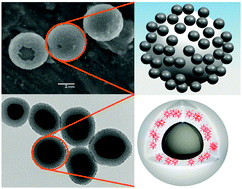Metal-enhanced fluorescence in the life sciences: here, now and beyond
Abstract
We discuss the phenomenon of enhanced fluorescence in the proximity of metal

- This article is part of the themed collection: Recent Developments in Metal-Enhanced Fluorescence

 Please wait while we load your content...
Please wait while we load your content...